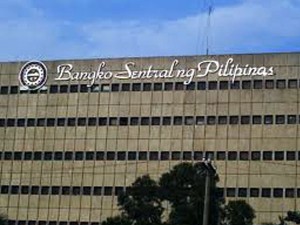THE PHILIPPINES posted a net inflow of “hot money” in May, reaching $364.2 million, or more than double the $177.5 million seen in the same month last year.
The Bangko Sentral ng Pilipinas on Friday said that investors’ perked up interest in the local bourse and bond market led to the rise in foreign portfolio investments in May.
Still, last month’s figure was 46 percent lower than the $673.8 million posted the previous month.
Gross inflows in May reached $1.53 billion, while outflows amounted to $1.16 billion.
Last month’s foreign portfolio investment brought net inflows in the first five months to $2 billion—160 percent higher than the $772 million seen in the same period last year.
According to the central bank, the continued inflow of investment funds resulted from heightened investor interest in securities listed on the Philippine Stock Exchange, as well as in fixed income investments.
The BSP said registered investments amounted to $1.5 billion, about double the $767 million posted in the same month last year.
However, this figure was 10.5 percent lower than the level seen in April.
Investments in PSE-listed shares reached $886 million in May, up by 80 percent from $492 million year-on-year.
Major beneficiaries were food, beverage and tobacco manufacturers, holding firms, property companies, banks, and telecommunications firms.
Also, investments in domestic debt paper reached $513 million, a 119-percent rise from $234 million.
Investments in peso time deposits reached $127 million, or more than triple the $40 million inflow reported in May 2010.
The top five sources of foreign portfolio investments in May were Singapore, the United Kingdom, the United States, Hong Kong, and Luxembourg.
From January to May, registered investments totaled $7.8 billion, or 120 percent better than the $3.5 billion seen in the same period last year.
Hot money placed in PSE-listed shares reached $4 billion, higher by more than a third from $2.5 billion last year.
Most of these inflows benefited holding firms, banks, telecommunications firms, utilities and property companies.
